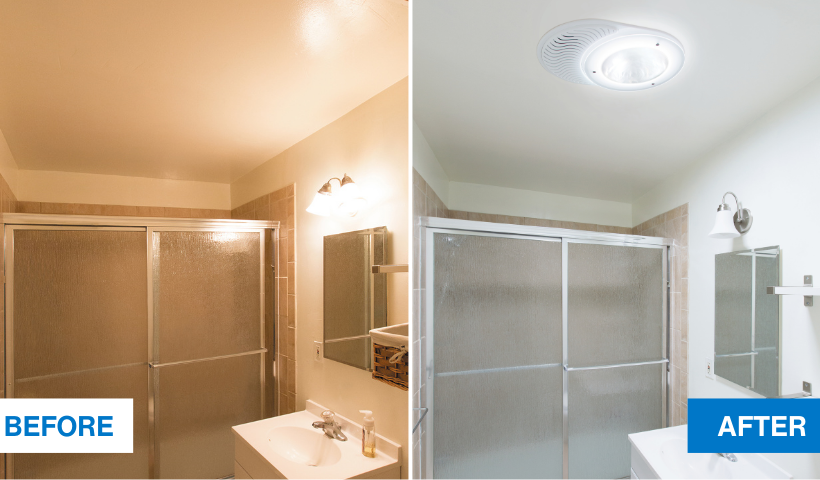
Ventilation in the bathroom
While careful selection is made of visible elements such as vanities, taps and toilets, often minimal time is spent researching extract ventilation options. While the New Zealand Building Code currently only requires ventilation of 25L/s, choosing a product that exceeds this is recommended to ensure that damaging moisture is removed as effectively and efficiently as possible.
Hometech has a range of extract ventilation systems suitable for single rooms, or dual systems that can be used for adjoining internal rooms such as bathrooms and separate toilets. An added benefit is that they are all low noise fans to make the bathroom a peaceful place for clients.
Lighting in the bathroom
While some might argue that light is light, no matter where it comes from, there is a distinct difference between natural light and the light generated by LED light bulbs.
Natural light is full spectrum; ROYGBIV — red, orange, yellow, green, blue, indigo, violet. Natural light is also dynamic, which means the intensity and colours of light (wavelengths) change according to the time of day, time of year, weather and position on the planet. These changes synchronise people's circadian rhythms and hormone cycles, so their mood, energy, metabolism, sleep and recovery depend on exposure to natural light.
Artificial light is composed of visible light as well as some ultraviolet (UV) and infrared (IR) radiations. The blue components of artificial light have the greatest potential to cause harm. There are concerns that blue light affects human circadian cycles and the hormonal system, resulting in a wide range of conditions, including sleep disorders, immune system disorders, macular degeneration and osteoporosis. Some modern lighting sources, such as CFLs (compact fluorescent lamps) and LEDs (light-emitting diodes) can produce relatively high levels of blue light.
One way to introduce natural daylight into internal bathroom designs is with the use of a Tubular Skylight. A Solatube skylight can be installed in almost any bathroom even on lower levels of a house by bringing the tube through a bulkhead or upstairs wardrobe.
Also, if the bathroom is small, or if the clients simply want a minimalistic look and feel, designers can reduce clutter on the ceiling by installing a Solatube skylight with built-in ventilation. This product has the ventilation and skylight diffusers as one, meaning that only one ceiling penetration is needed, creating a clean and simple feature in the bathroom ceiling. This option can also be fitted with a Light Add-On kit to provide lighting for night-time use. The result is a beautiful naturally lit bathroom with extraction at 53l/s.













 Case Studies
Case Studies








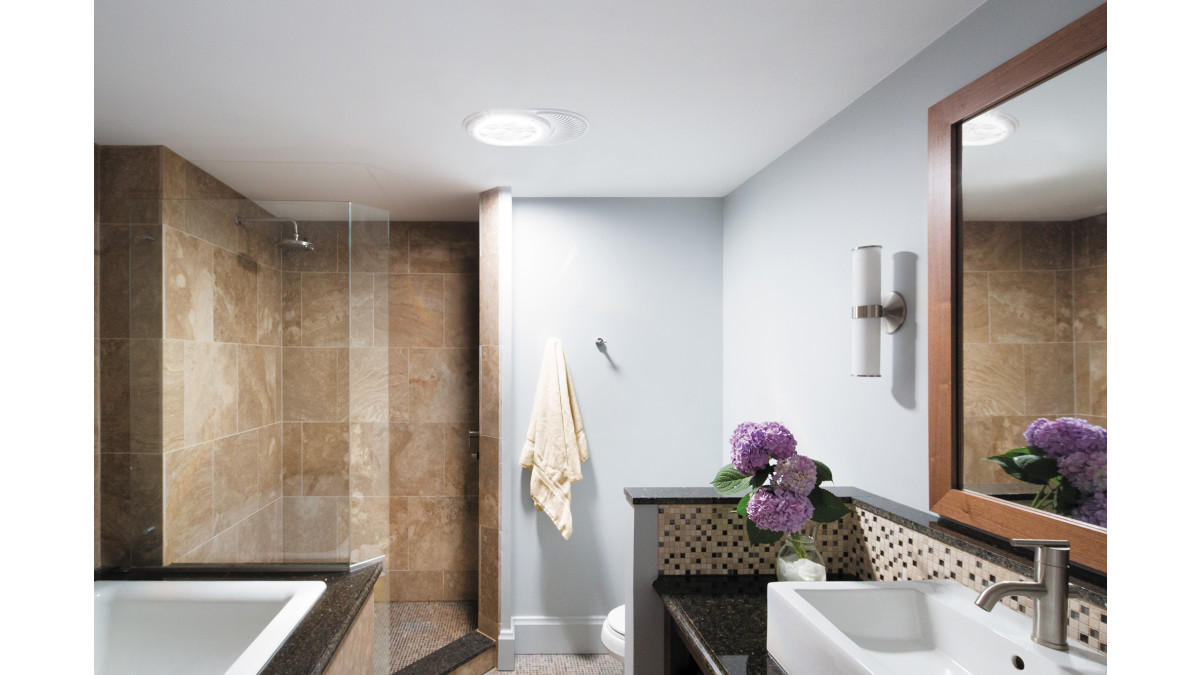
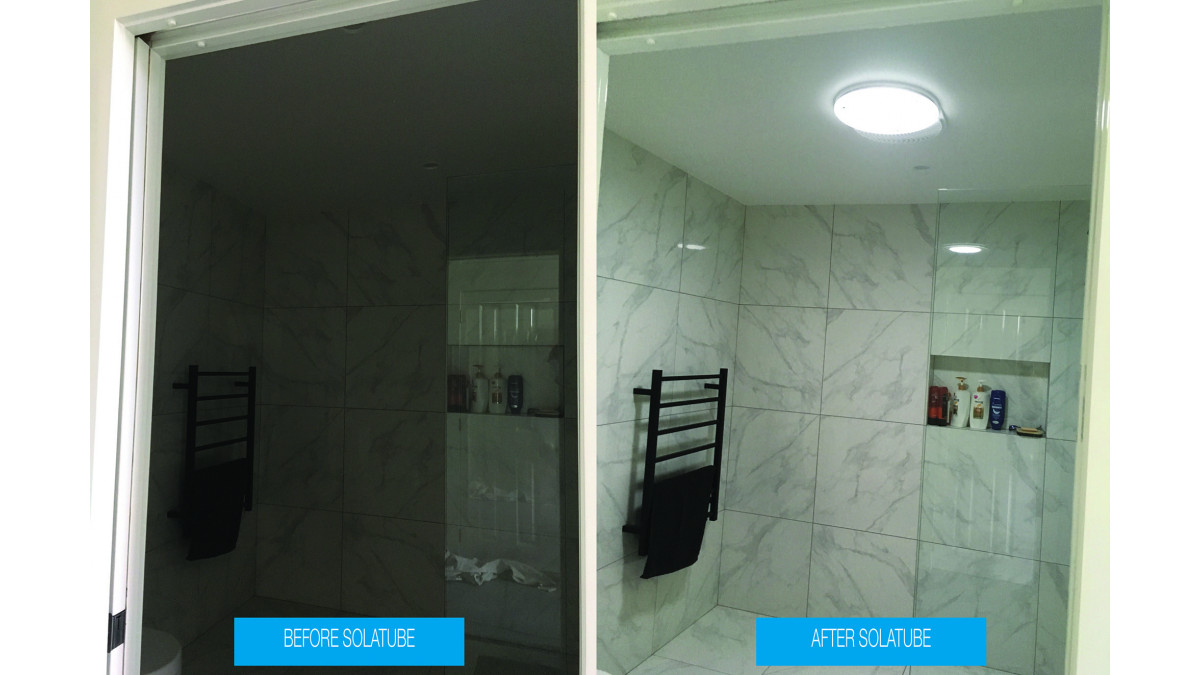
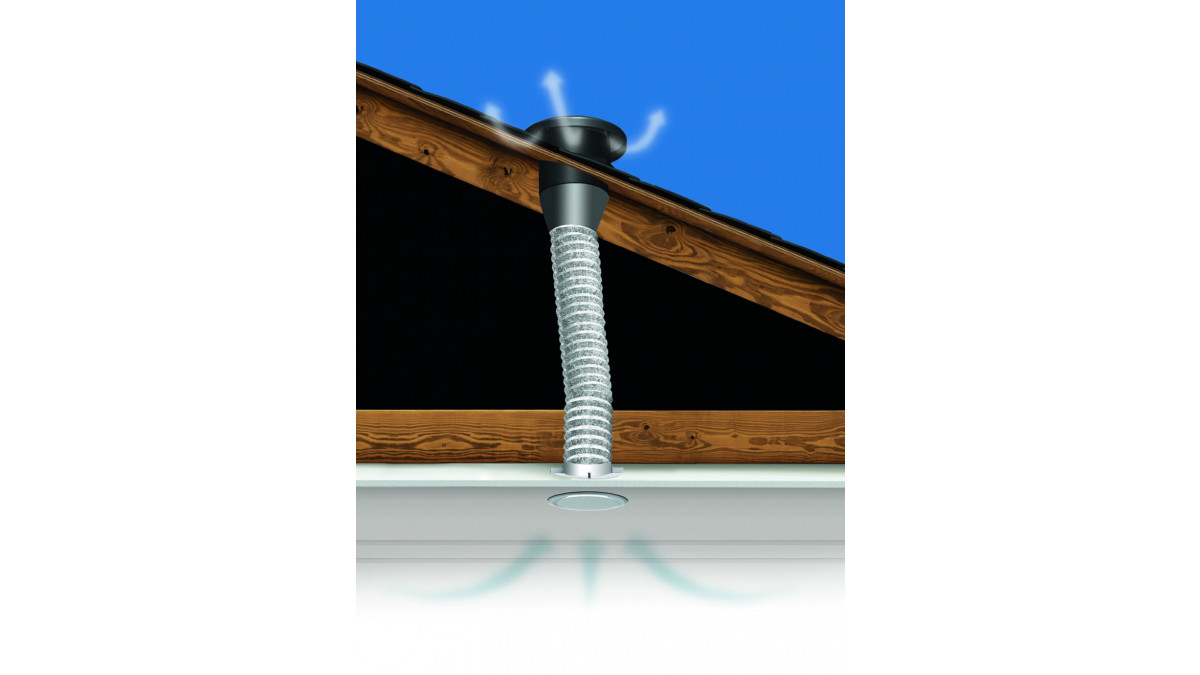


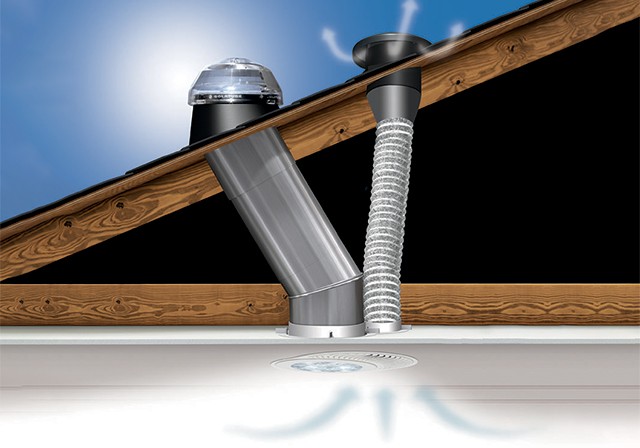

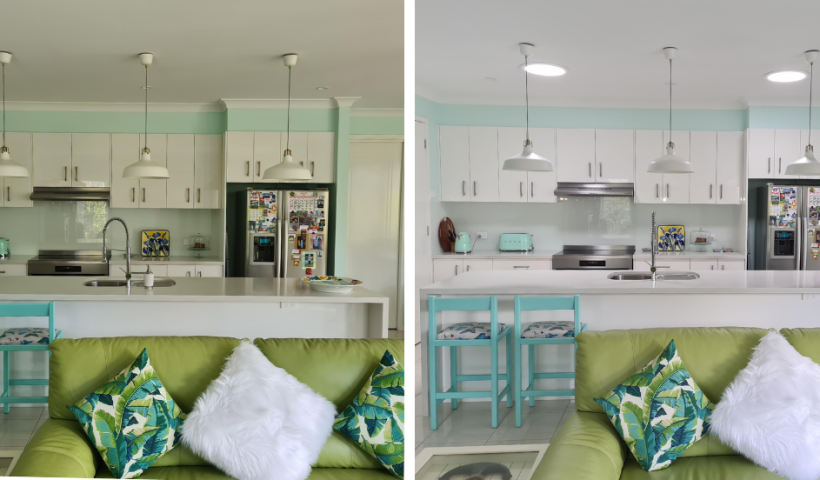
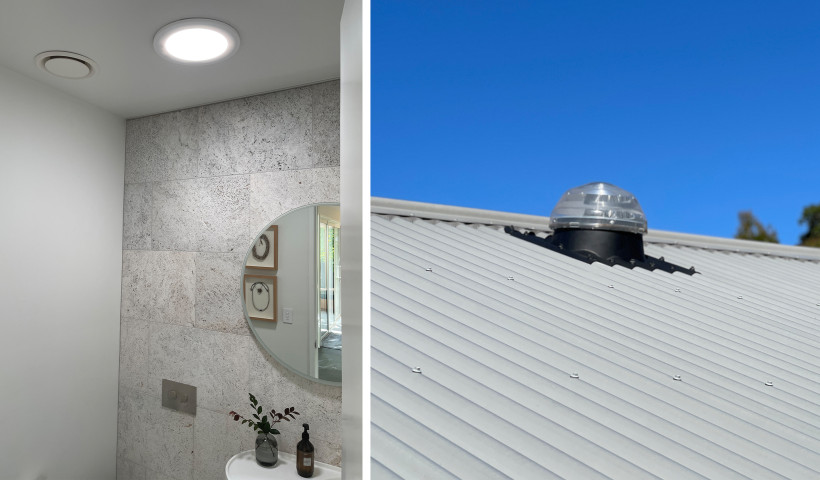
 Popular Products from Solatube
Popular Products from Solatube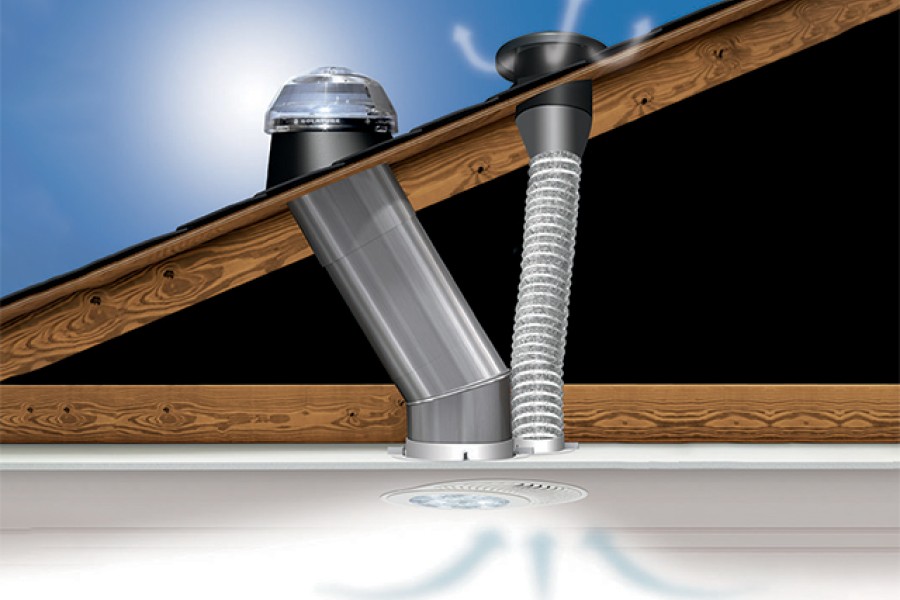
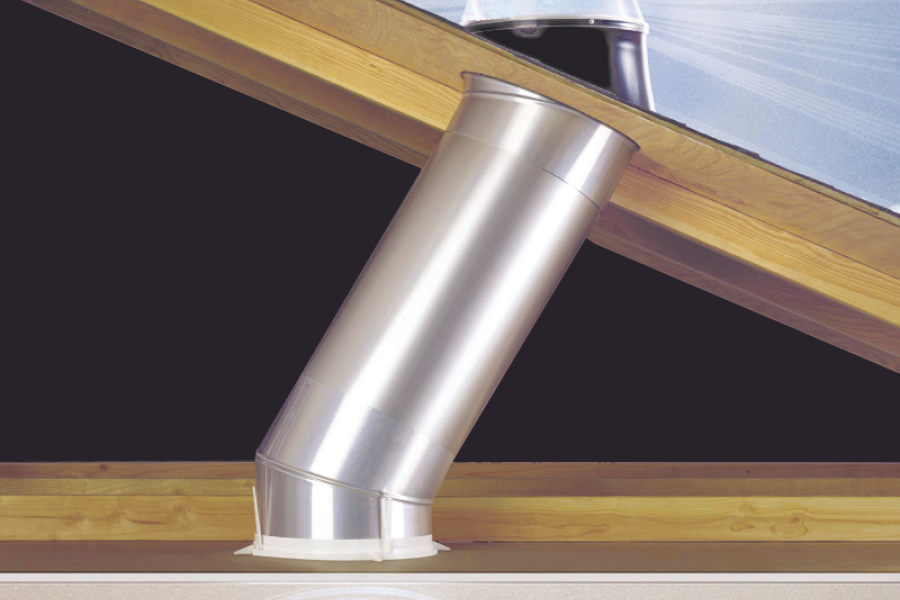
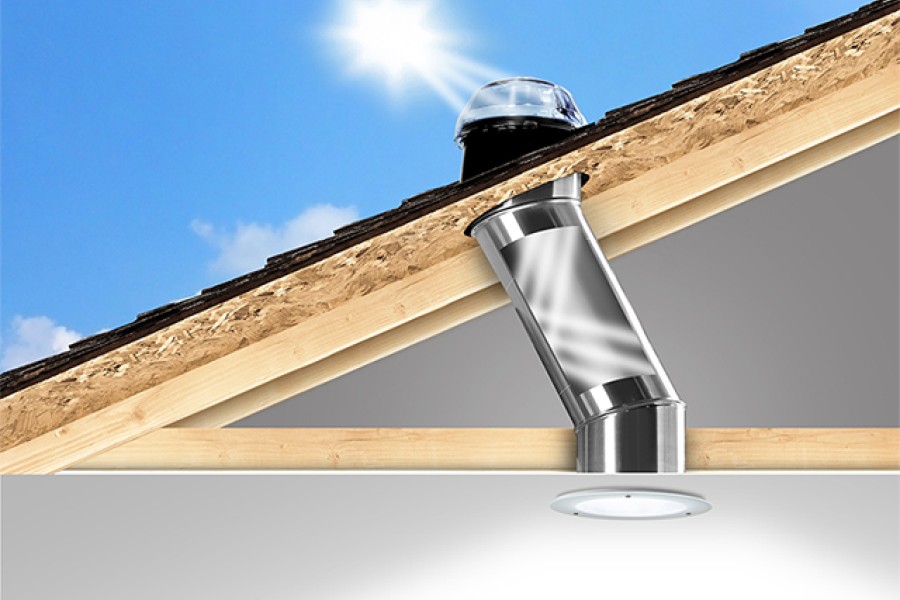
 Most Popular
Most Popular


 Popular Blog Posts
Popular Blog Posts